Amazon Layaway: A New Perk of Amazon Prime
Reserve now, pay over time is one of retail’s oldest holiday shopping gimmicks, dating back to the Great Depression. Now, Amazon is reviving it year-round.
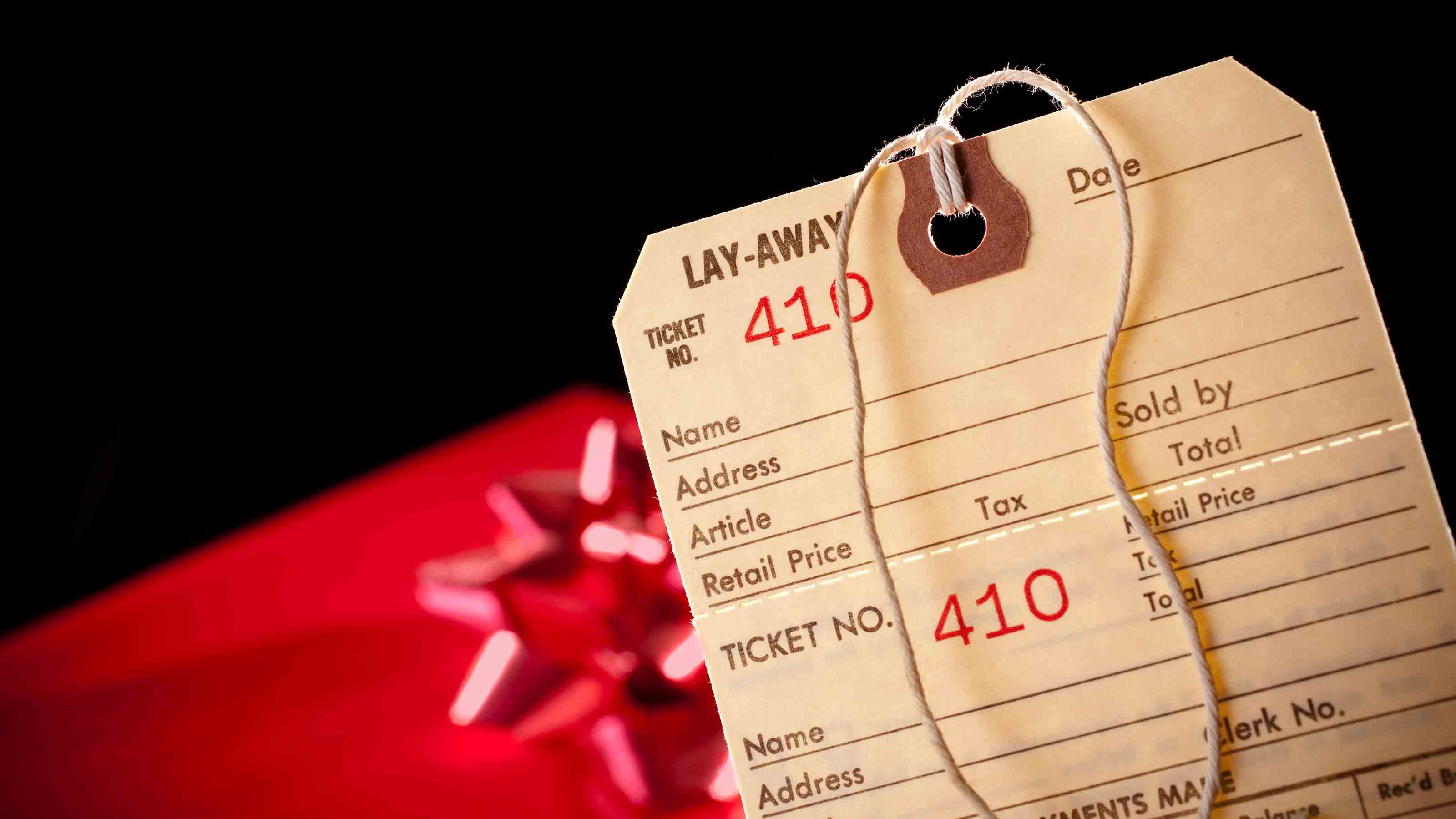
If you’re old enough to have parents who bought items on layaway (or did it yourself), you’ll understand Amazon’s latest perk for Amazon Prime: Amazon Layaway.
It’s available now, mostly pitched to back-to-school shopping, but many remember layaway generally as a department store holiday staple in the decades following World War II. The idea was – and is – this: You’d reserve big purchases like Christmas toys for the kids well ahead of the big day, and pay the store’s layaway department a portion of the final tab every few weeks until the item was paid for and ready to be retrieved, wrapped and delivered to eager children or other recipients.
Amazon Layaway works, virtually, in a similar fashion. Curiously, it’s the inverse of the intensely popular (and significantly more risky) buy now, pay later programs. Here, you pay now, get later.

Sign up for Kiplinger’s Free E-Newsletters
Profit and prosper with the best of expert advice on investing, taxes, retirement, personal finance and more - straight to your e-mail.
Profit and prosper with the best of expert advice - straight to your e-mail.
Amazon says it has thousands of selected items ready for Amazon Layaway, and there’s no credit check, no interest charged and there are no cancellation fees. Items are clearly marked with a button that says “Reserve with Layaway.” Layaway customers pay 20% of the item’s total cost at initial checkout. The item is then reserved and the price is locked in.
Next steps include making equal payments every two weeks for up to eight weeks until the item or items are paid in full. A quicker payoff means a faster delivery. Not every item Amazon sells is available for layaway. Amazon advises if you want the items to arrive in time for December holidays to make your purchases by Oct. 23.
But is layaway a sound money-saving move?
Unlike buying via a credit card, layaway programs typically don’t charge interest – though some stores in the past charged small “layaway fees” to store the items – and aren’t considered a form of debt (thus, no need for a credit check).
Amazon isn’t charging any fees above the costs of the items, but should other retailers resuscitate layaway, consider whether they charge layaway fees (a decade ago, Best Buy charged 5% of the total layaway price and retailers including Burlington Coat Factory, Marshalls and T.J. Maxx charged a $5 non refundable layaway fee).
Other concerns include:
- Using layaway may cost you. If you lock in the price of a product and put it on layaway, you will miss out if and when the item goes on sale for a lower price, perhaps on Black Friday or during the busy holiday shopping season. Amazon confirms its prices are locked in at time of purchase and that’s the final price for layaway items, even if the product goes on sale. But, in these inflationary times, there’s also the upside that you’ve locked in a given price that could also go up.
- You might pay more to cancel. Amazon Layaway isn’t charging a cancellation fee. Other retailers have in years past and still might if they revive layaway.
- You might not be able to afford that layaway. On the face of it, layaway seems a more prudent option – and it is certainly better than buying something – or many things – that end up putting you in debt. And yet, the idea of taking an expensive item and breaking it up into more manageable payment chunks can end up disguising the sum cost. In short, can you really afford it? And if you face a cancellation fee, that’s bad money on top of bad money.
Get Kiplinger Today newsletter — free
Profit and prosper with the best of Kiplinger's advice on investing, taxes, retirement, personal finance and much more. Delivered daily. Enter your email in the box and click Sign Me Up.

Bob was Senior Editor at Kiplinger.com for seven years and is now a contributor to the website. He has more than 40 years of experience in online, print and visual journalism. Bob has worked as an award-winning writer and editor in the Washington, D.C., market as well as at news organizations in New York, Michigan and California. Bob joined Kiplinger in 2016, bringing a wealth of expertise covering retail, entertainment, and money-saving trends and topics. He was one of the first journalists at a daily news organization to aggressively cover retail as a specialty and has been lauded in the retail industry for his expertise. Bob has also been an adjunct and associate professor of print, online and visual journalism at Syracuse University and Ithaca College. He has a master’s degree from Syracuse University’s S.I. Newhouse School of Public Communications and a bachelor’s degree in communications and theater from Hope College.
-
 2026 Disney Dining Plan Returns: Free Dining for Kids & Resort Benefits
2026 Disney Dining Plan Returns: Free Dining for Kids & Resort BenefitsPlan your 2026 Walt Disney World vacation now. Learn about the returning Disney Dining Plan, how kids aged three to nine eat free, and the exclusive benefits of staying at a Disney Resort hotel.
By Carla Ayers
-
 How Can Investors Profit From AI's Energy Use?
How Can Investors Profit From AI's Energy Use?Global energy demand is expected to grow by leaps and bounds over the next several years as AI usage accelerates. Here's how to get a piece of the pie.
By Jacob Schroeder
-
 Amazon Prime Members Can Now Save Nearly $70 Per Year on Gas
Amazon Prime Members Can Now Save Nearly $70 Per Year on GasAmazon Prime members can save 10 cents per gallon at select gas stations. See how to sign up for discounts.
By Kathryn Pomroy
-
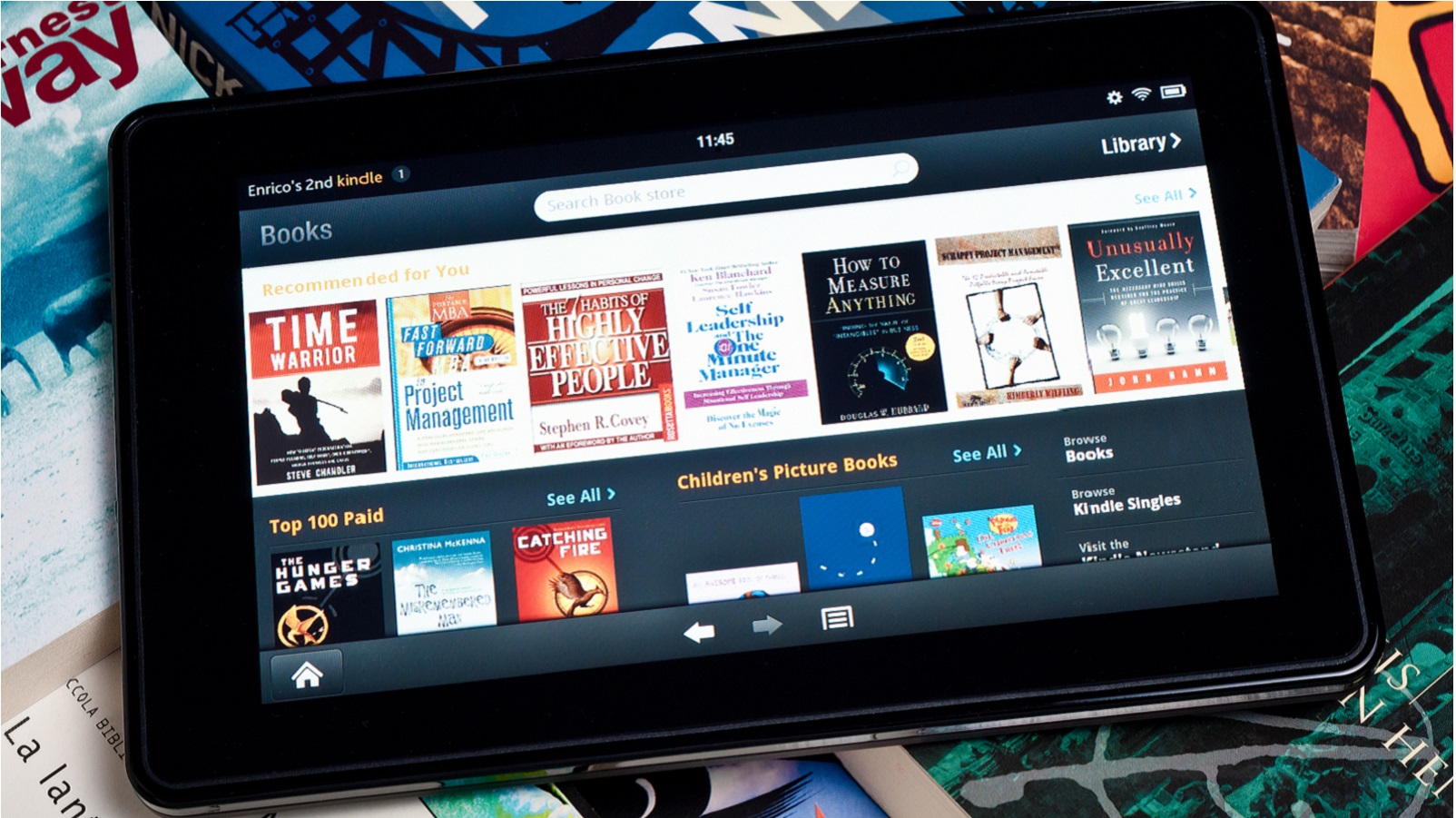 12 Books That Taught Us About Finance
12 Books That Taught Us About FinanceFrom classics to recent bestsellers, here are some of the best money and personal finance books you can find on Amazon, according to Kiplinger's editors and writers.
By Alexandra Twin
-
 Get Apple AirPods Pro 2 for the Lowest Price Ever on Amazon Prime Day
Get Apple AirPods Pro 2 for the Lowest Price Ever on Amazon Prime DayScore the AirPods Pro 2 for their lowest-ever price this Amazon Prime Day. Plus, shop for other Apple products on sale.
By Erin Bendig
-
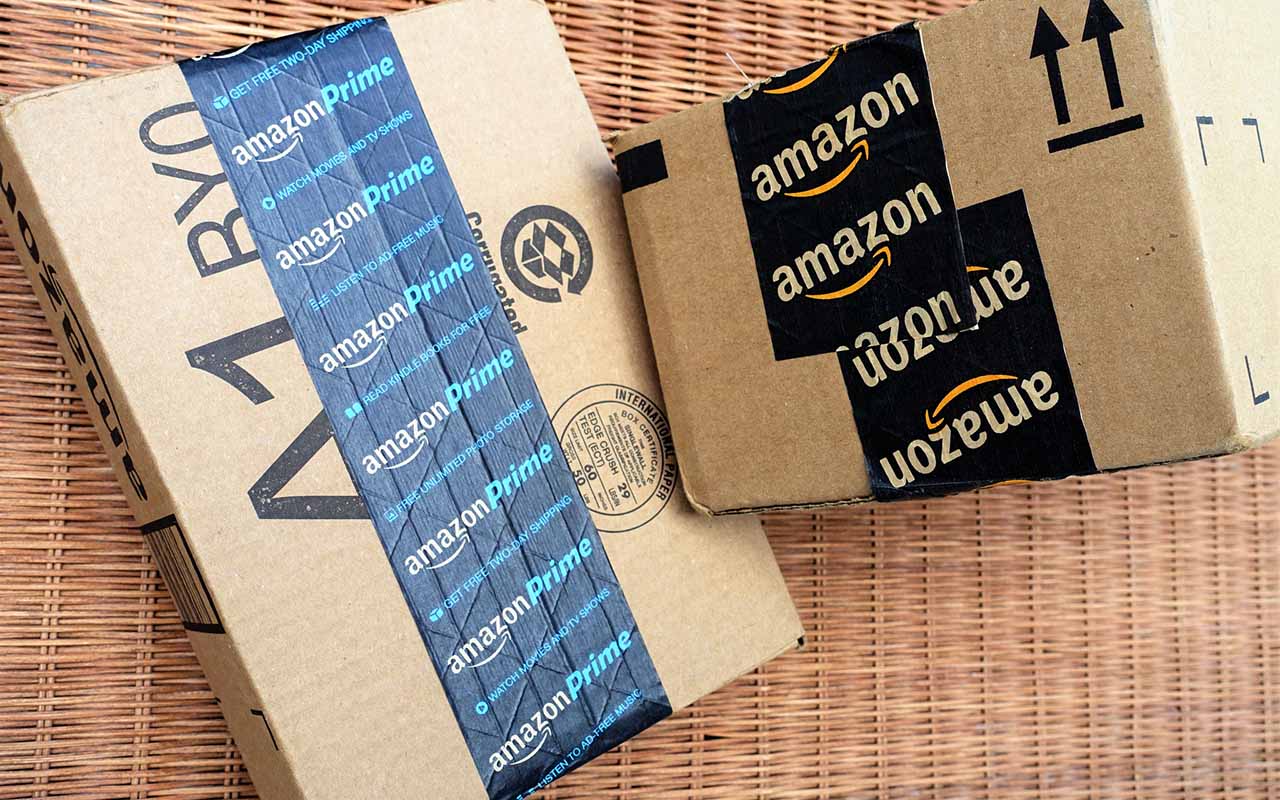 Five Amazon Prime Day Deals We Love
Five Amazon Prime Day Deals We LoveHere's a look at five Amazon Prime Day deals we love this October Prime Day.
By Erin Bendig
-
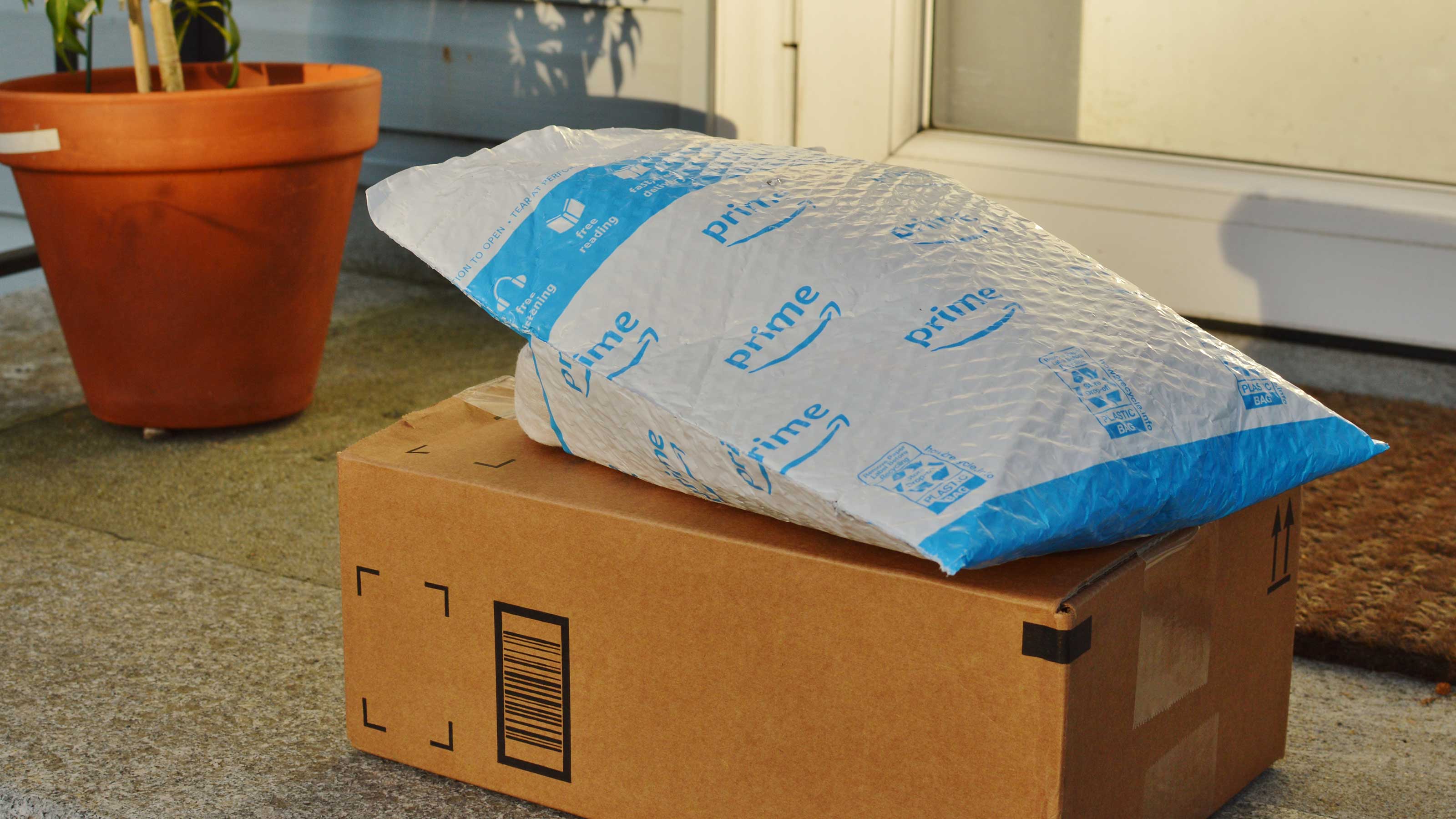 After Amazon Prime Day: The 25 Best Deals Still Going On
After Amazon Prime Day: The 25 Best Deals Still Going OnIf you missed out on Amazon Prime Day, no worries. There are dozens of "too-good-to-miss" Post-Prime Day deals to cash in on, from Samsung, Shark, Ninja, Apple and more.
By Kathryn Pomroy
-
 Amazon Prime Day Southwest Deal: 30% Off Domestic Flights
Amazon Prime Day Southwest Deal: 30% Off Domestic FlightsAmazon Prime Day Southwest Deal: 30% Off Domestic Flights
By Kathryn Pomroy
-
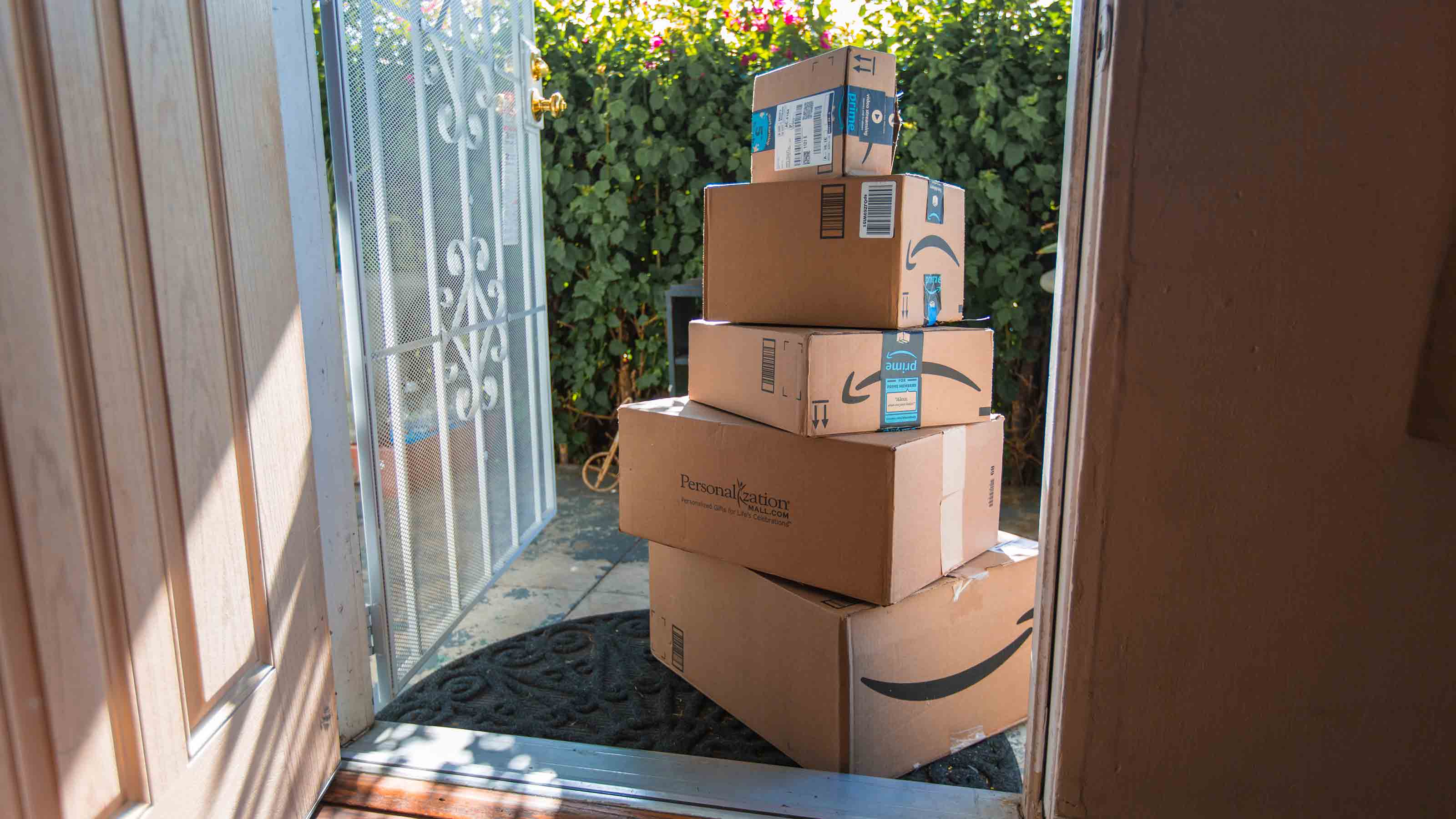 Amazon Prime Day: Best Deals Under $50
Amazon Prime Day: Best Deals Under $50Get the best Amazon Prime Day deals under $50 before they sell out.
By Donna LeValley
-
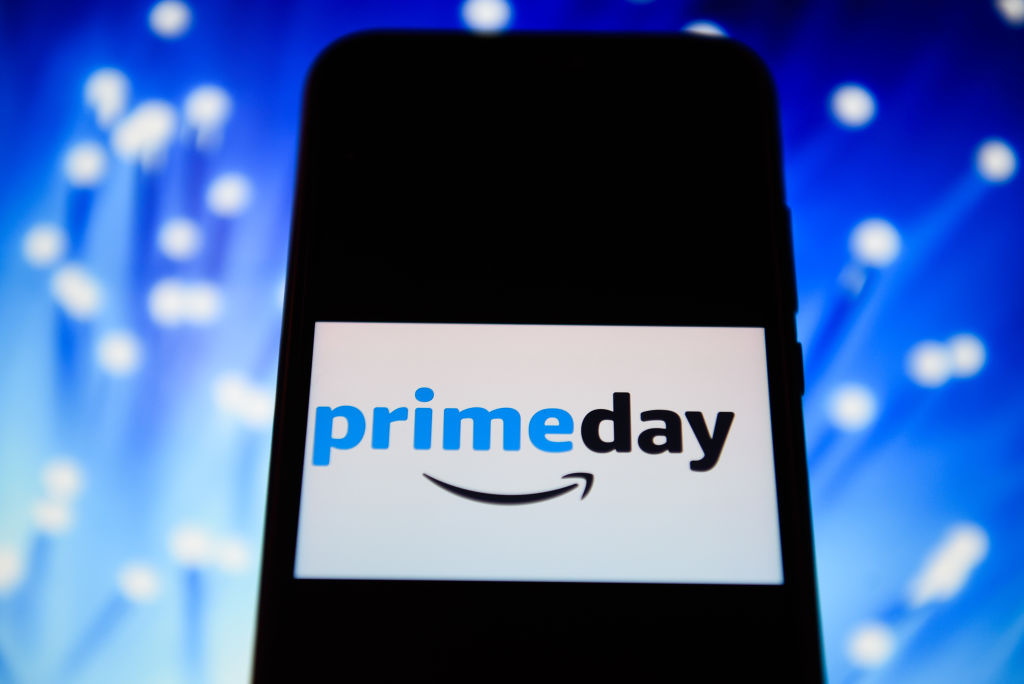 Save Money on Your Energy Bills with These Amazon Prime Day Deals
Save Money on Your Energy Bills with These Amazon Prime Day DealsAmazon Prime Day is prime time to get great deals on energy efficient devices and appliances.
By Donna LeValley